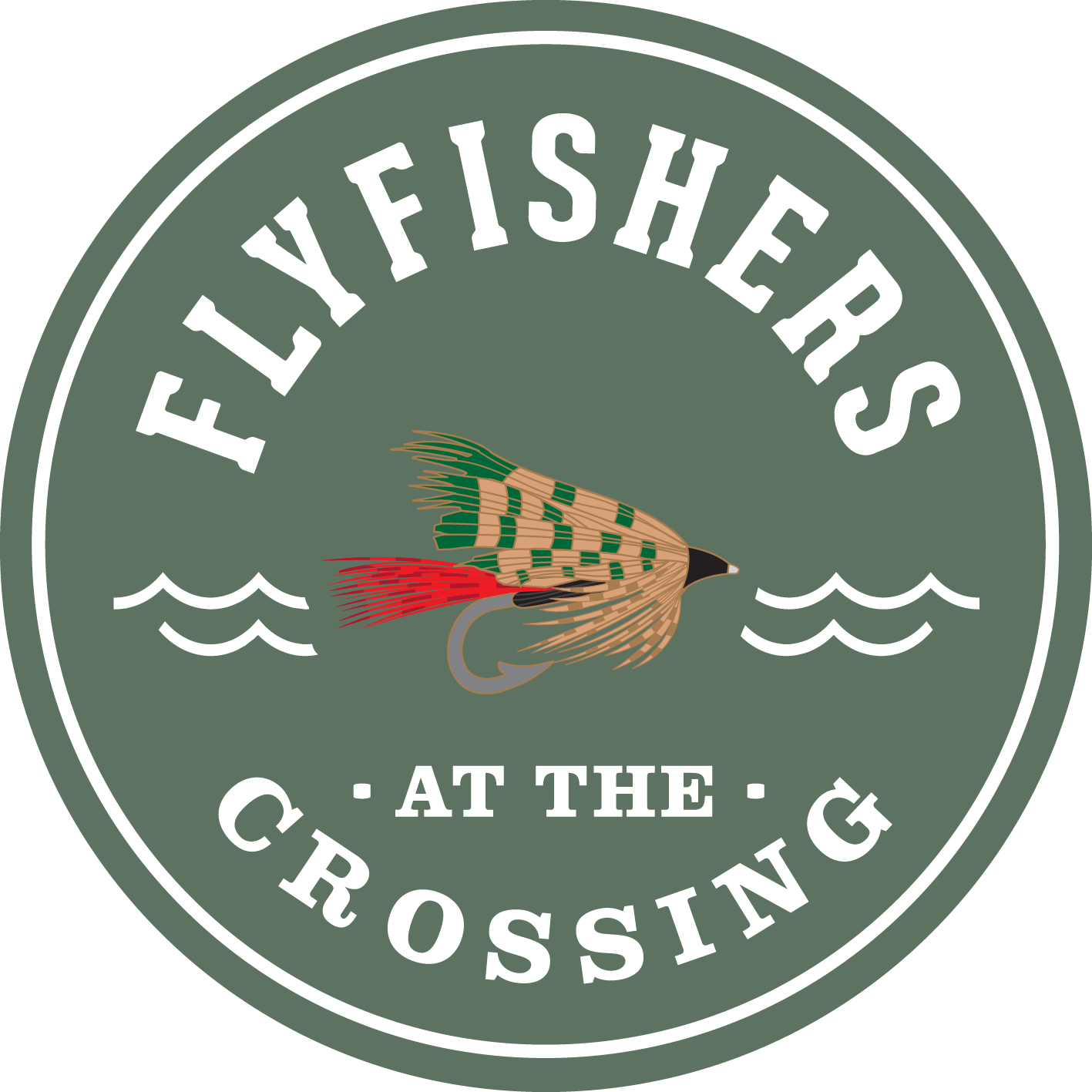
Midges
Midges are probably the most prolific of all trout foods. Midges are found in almost every river or lake that trout are found. A small insect that is close to the size of a mosquito or gnat. The midge’s life cycle are in three stages; the larva, pupa, and adult. Many fly fishers ignore fishing with a midge pattern because of their small size. Many of the midge fly patterns come in hook sizes 18- 28. But if you understand the three stages of the midge and fish it properly it can be a killer pattern for big trout. Here are some tips on how to fish them:
Larva: wiggle frantically when disturbed from bottom. Give your fly some movement when you dead drift it.
Pupa: some wiggle as they rise slowly towards the surface via the help of trapped air bubbles under the skin. So if you dead drift your pattern try to give it a little movement. The pupa often hang in the surface film while waiting to emerge.
Adult: Often cluster in groups or as a mating pair on the surface. A Griffith’s Gnat pattern is a great imitator of this – dead drift the float.
Habitat : Midge larva live in the silty bottom, under rocks, and in mossy areas. They seem to be more abundant in slower water areas. They prefer the colder water.
Notes : Midge larva patterns are productive fished near the bottom early in the morning before hatches and in between hatches throughout the day. The transition from larva to pupa includes a significant shape change and often a big color change which is important to understand when trying to match the hatch. There can also be dramatic color changes from pupa to adult. Fish tend to key in on the pupa stage and feed heavily on the helpless pupa near the surface waiting to emerge. Fish also will key in on the emerging midge on the surface of the water.
Flies: For adult midges the Griffith’s Gnat is a great fly to use. For the larva and pupa stage there are many flies that can be used – just make sure they are small!
Here is a video to help you understand the Midge and gain valuable insights on how they behave and what they really look like to the trout.
This excerpt was taken from the Bugs of the Underworld by Ralph and Lisa Cutter. Look online if you are interested in purchasing their DVD.
This excerpt was taken from the Bugs of the Underworld by Ralph and Lisa Cutter. Look online if you are interested in purchasing their DVD.














